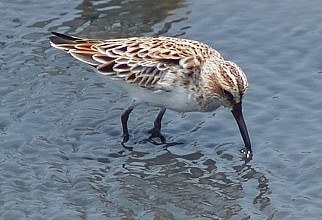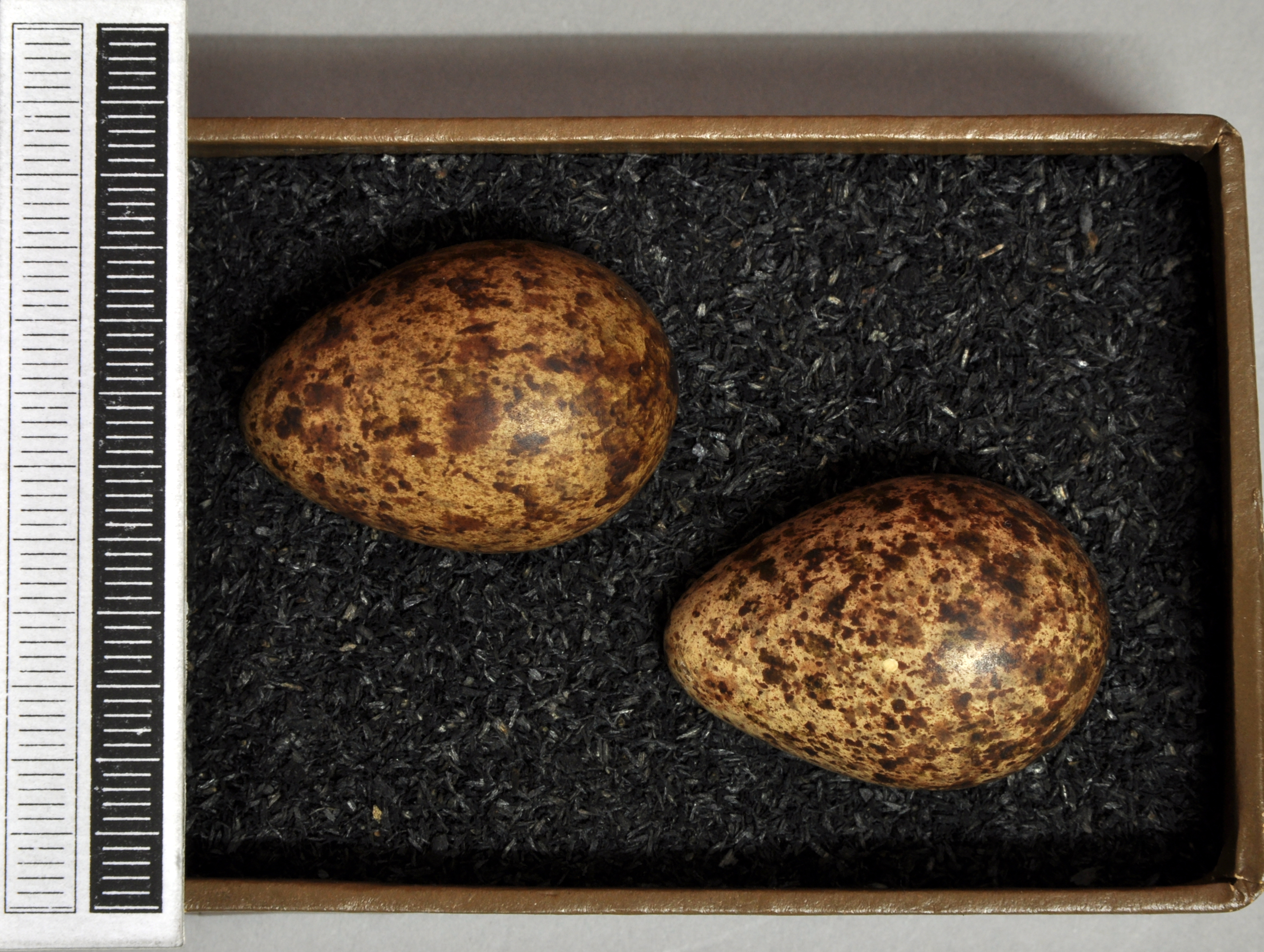Broad-billed Sandpiper on:
[Wikipedia]
[Google]
[Amazon]
The broad-billed sandpiper (''Calidris falcinellus'') is a small wading
/ref>
 Broad-billed sandpipers are small waders, slightly smaller than the dunlin, but with a longer straighter
Broad-billed sandpipers are small waders, slightly smaller than the dunlin, but with a longer straighter
 The broad-billed sandpiper is strongly migratory, spending the non-breeding season from easternmost
The broad-billed sandpiper is strongly migratory, spending the non-breeding season from easternmost
Oiseaux
Photos * * * * * * * * {{Taxonbar, from=Q28114227, from2=Q48681 Wading birds
bird
Birds are a group of warm-blooded vertebrates constituting the class (biology), class Aves (), characterised by feathers, toothless beaked jaws, the Oviparity, laying of Eggshell, hard-shelled eggs, a high Metabolism, metabolic rate, a fou ...
. The scientific name is from Latin
Latin ( or ) is a classical language belonging to the Italic languages, Italic branch of the Indo-European languages. Latin was originally spoken by the Latins (Italic tribe), Latins in Latium (now known as Lazio), the lower Tiber area aroun ...
. The specific name ''falcinellus'' is from ''falx, falcis'', "a sickle
A sickle, bagging hook, reaping-hook or grasshook is a single-handed agricultural tool designed with variously curved blades and typically used for harvesting or reaping grain crops, or cutting Succulent plant, succulent forage chiefly for feedi ...
." Some research suggests that it and some related species could be placed into a separate genus, ''Philomachus'', not presently recognized as valid.Supplementary Material/ref>
Description
 Broad-billed sandpipers are small waders, slightly smaller than the dunlin, but with a longer straighter
Broad-billed sandpipers are small waders, slightly smaller than the dunlin, but with a longer straighter bill
Bill(s) may refer to:
Common meanings
* Banknote, paper cash (especially in the United States)
* Bill (law), a proposed law put before a legislature
* Invoice, commercial document issued by a seller to a buyer
* Bill, a bird or animal's beak
Pl ...
, and shorter legs. The breeding adult has patterned dark grey upperparts and white underparts with blackish markings on the breast. It has a pale crown stripe and supercilia.
In the boreal
Boreal, northern, of the north. Derived from the name of the god of the north wind from Ancient Greek civilisation, Boreas (god), Boreas. It may also refer to:
Climatology and geography
*Boreal (age), the first climatic phase of the Blytt-Sernand ...
winter, they are pale grey above and white below, like a winter dunlin, but retaining the head pattern. Juveniles have backs, similar to young dunlin, but the white flanks and belly and brown-streaked breast are distinctive.
Contact call is a dry, whistling “dree-it, dree-it” and a clicking “dik dik”.
Distribution and habitat
Africa
Africa is the world's second-largest and second-most populous continent after Asia. At about 30.3 million km2 (11.7 million square miles) including adjacent islands, it covers 20% of Earth's land area and 6% of its total surfac ...
, through south and south-east Asia
Asia ( , ) is the largest continent in the world by both land area and population. It covers an area of more than 44 million square kilometres, about 30% of Earth's total land area and 8% of Earth's total surface area. The continent, which ...
to Australasia
Australasia is a subregion of Oceania, comprising Australia, New Zealand (overlapping with Polynesia), and sometimes including New Guinea and surrounding islands (overlapping with Melanesia). The term is used in a number of different context ...
. It is highly gregarious, and will form flocks with other scolopacid waders, particularly dunlin
The dunlin (''Calidris alpina'') is a small wader in the genus '' Calidris''. The English name is a dialect form of "dunling", first recorded in 1531–1532. It derives from ''dun'', "dull brown", with the suffix ''-ling'', meaning a person or ...
s. Despite its European breeding range, this species is rare on passage in western Europe, presumably because of the south-easterly migration
Migration, migratory, or migrate may refer to: Human migration
* Human migration, physical movement by humans from one region to another
** International migration, when peoples cross state boundaries and stay in the host state for some minimum le ...
route.
This bird's breeding habitat is wet taiga
Taiga or tayga ( ; , ), also known as boreal forest or snow forest, is a biome characterized by coniferous forests consisting mostly of pines, spruces, and larches. The taiga, or boreal forest, is the world's largest land biome. In North A ...
bogs in Arctic northern Europe
Europe is a continent located entirely in the Northern Hemisphere and mostly in the Eastern Hemisphere. It is bordered by the Arctic Ocean to the north, the Atlantic Ocean to the west, the Mediterranean Sea to the south, and Asia to the east ...
and Siberia
Siberia ( ; , ) is an extensive geographical region comprising all of North Asia, from the Ural Mountains in the west to the Pacific Ocean in the east. It has formed a part of the sovereign territory of Russia and its predecessor states ...
. The male performs an aerial display during courtship. They nest in a ground scrape, laying 4 eggs
An egg is an organic vessel in which an embryo begins to develop.
Egg, EGG or eggs may also refer to:
Biology
* Egg cell, the female reproductive cell (gamete) in oogamous organisms
Food
* Eggs as food
Places
* Egg, Austria
* Egg, Switzerland ...
.
They forage in soft mud on marshes and the coast, mainly picking up food by sight. They mostly eat insect
Insects (from Latin ') are Hexapoda, hexapod invertebrates of the class (biology), class Insecta. They are the largest group within the arthropod phylum. Insects have a chitinous exoskeleton, a three-part body (Insect morphology#Head, head, ...
s and other small invertebrates.
Status
This species has a wide distribution range and a large population, but the global population trends show signs of decline which likely exceed 30% in the past three generations, so theInternational Union for Conservation of Nature and Natural Resources
The International Union for Conservation of Nature (IUCN) is an international organization working in the field of nature conservation and sustainable use of natural resources. Founded in 1948, IUCN has become the global authority on the status ...
classified this species as " Vulnerable".
The broad-billed sandpiper is one of the species to which the ''Agreement on the Conservation of African-Eurasian Migratory Waterbirds'' (AEWA
The Agreement on the Conservation of African-Eurasian Migratory Waterbirds, or African-Eurasian Waterbird Agreement (AEWA), is an independent international treaty developed under the auspices of the United Nations Environment Programme's Convent ...
) applies.
References
External links
Oiseaux
Photos * * * * * * * * {{Taxonbar, from=Q28114227, from2=Q48681 Wading birds
broad-billed sandpiper
The broad-billed sandpiper (''Calidris falcinellus'') is a small wader, wading bird. The scientific name is from Latin. The specific name ''falcinellus'' is from ''falx, falcis'', "a sickle." Some research suggests that it and some related spec ...
Birds of Scandinavia
Birds of North Asia
broad-billed sandpiper
The broad-billed sandpiper (''Calidris falcinellus'') is a small wader, wading bird. The scientific name is from Latin. The specific name ''falcinellus'' is from ''falx, falcis'', "a sickle." Some research suggests that it and some related spec ...
broad-billed sandpiper
The broad-billed sandpiper (''Calidris falcinellus'') is a small wader, wading bird. The scientific name is from Latin. The specific name ''falcinellus'' is from ''falx, falcis'', "a sickle." Some research suggests that it and some related spec ...